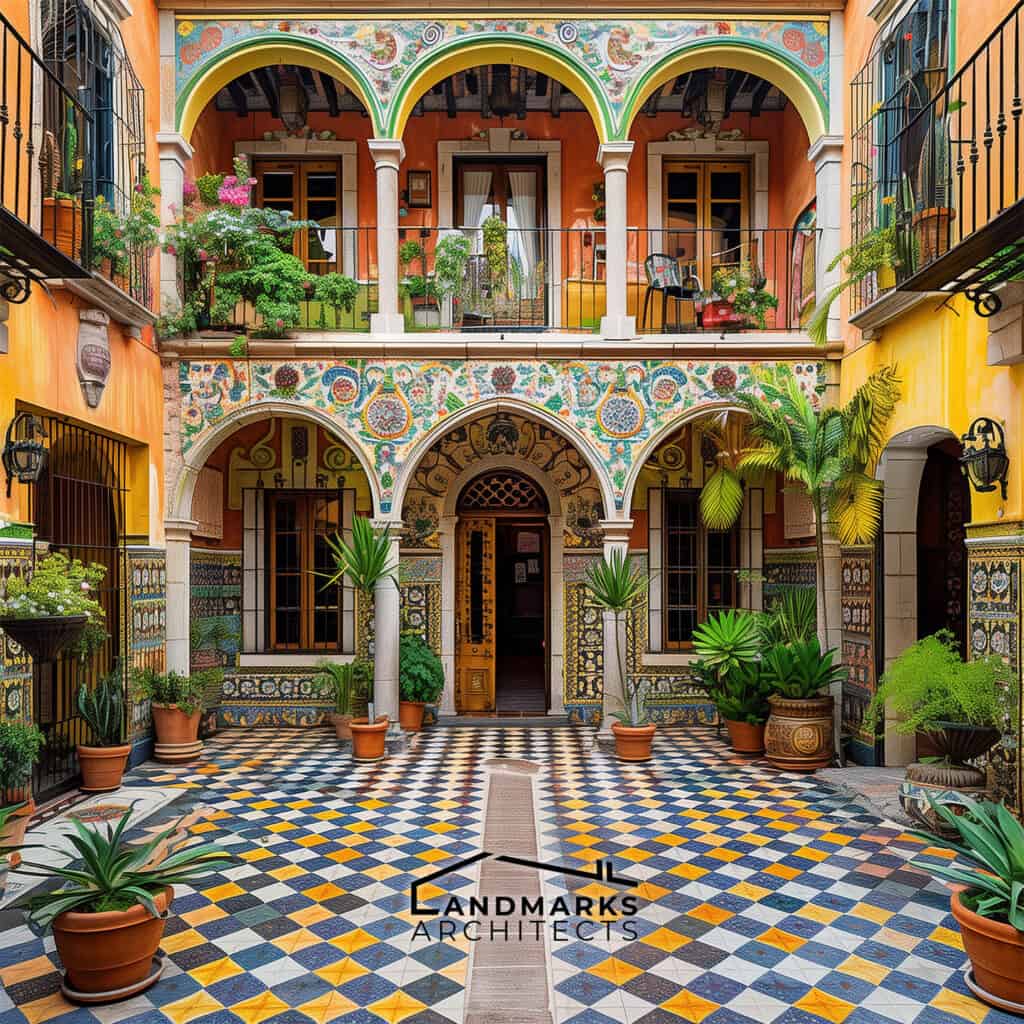
Are you intrigued by the rich history and unique styles of traditional Mexican architecture? Whether you’re an architecture enthusiast, historian, or someone passionate about cultural heritage, exploring the evolution of Mexican architecture offers a fascinating journey through time.
At Landmarks Architects, we understand your desire to delve deeply into the roots of Mexican architecture.
In this article, we will explore:
- The evolution of Mexican architecture from pre-colonial times to post-colonial developments
- Key elements and characteristics that define traditional Mexican architecture
- Notable landmarks that exemplify Mexico’s rich architectural history
Ready to walk into the world of traditional Mexican architecture? Continue reading to discover the captivating history, unique features, and remarkable landmarks that showcase the essence of Mexico’s architectural legacy.
Evolution of Mexican Architecture
1. Pre-Colonial Architecture
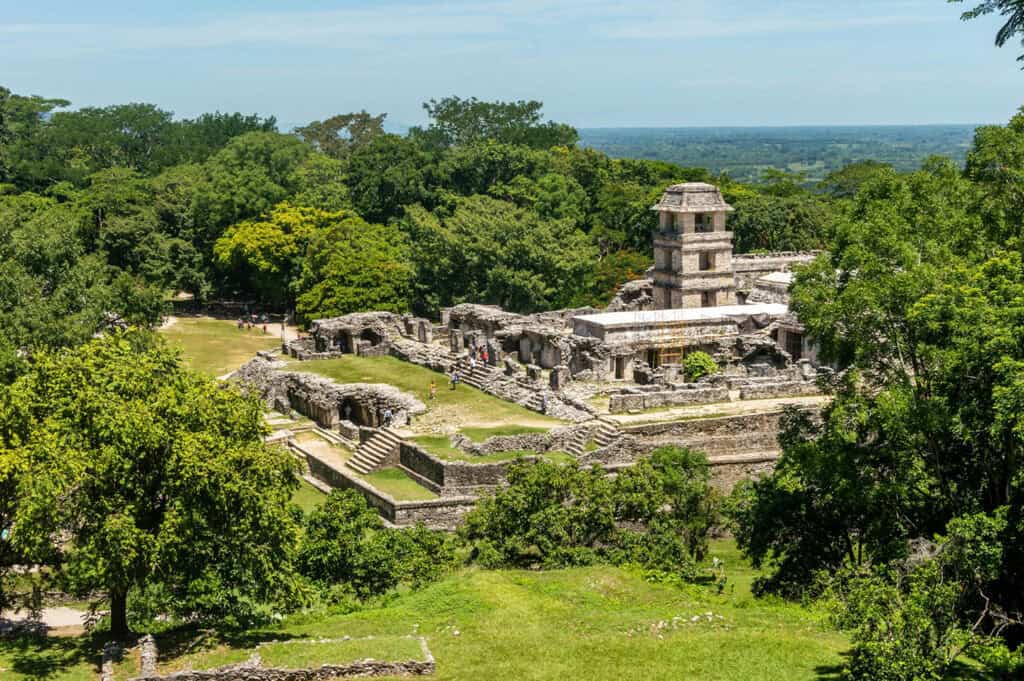
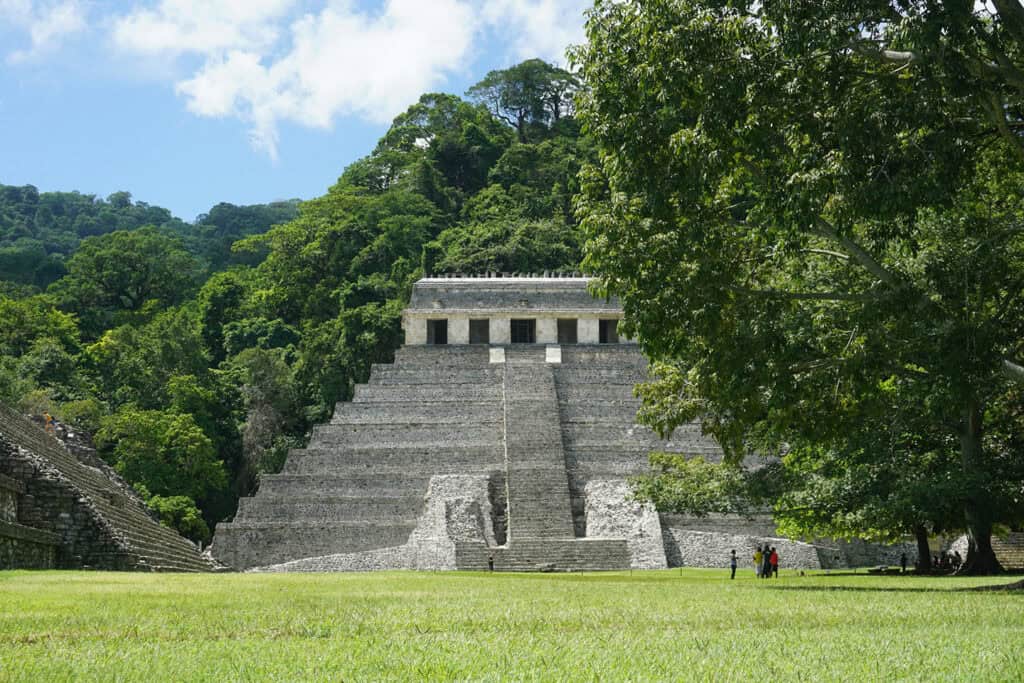
Pre-colonial architecture in Mexico was diverse and varied, with different styles and methods employed by various indigenous cultures. The most famous of these is Classic Maya architecture, which flourished during the early and late Classic periods. Some features of Maya architecture are:
- Use of stone
- Intricate carvings
- Elaborate decorations
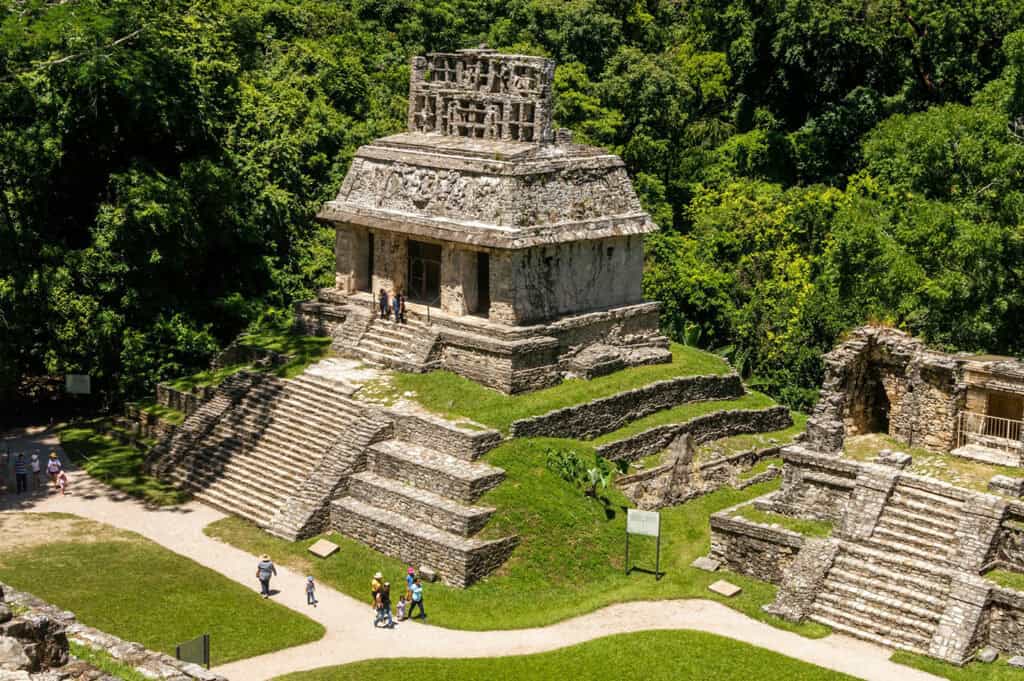
Some of the most impressive pre-Columbian ruins in Mexico include the stone structures at Chichen Itza and the pyramids of the Yucatán Peninsula.
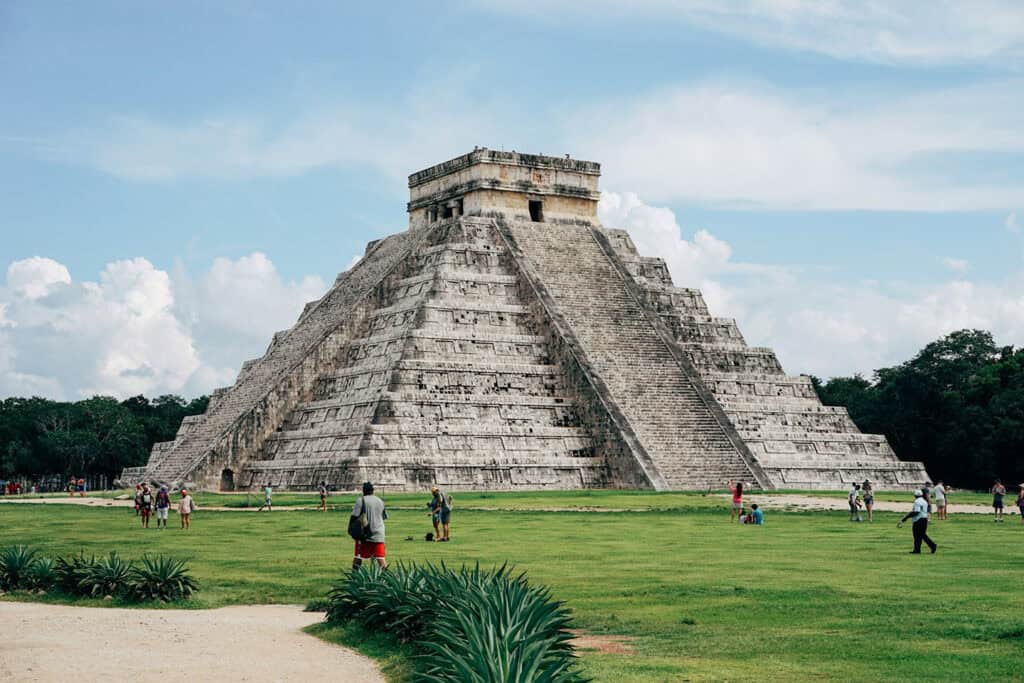
2. Colonial Period
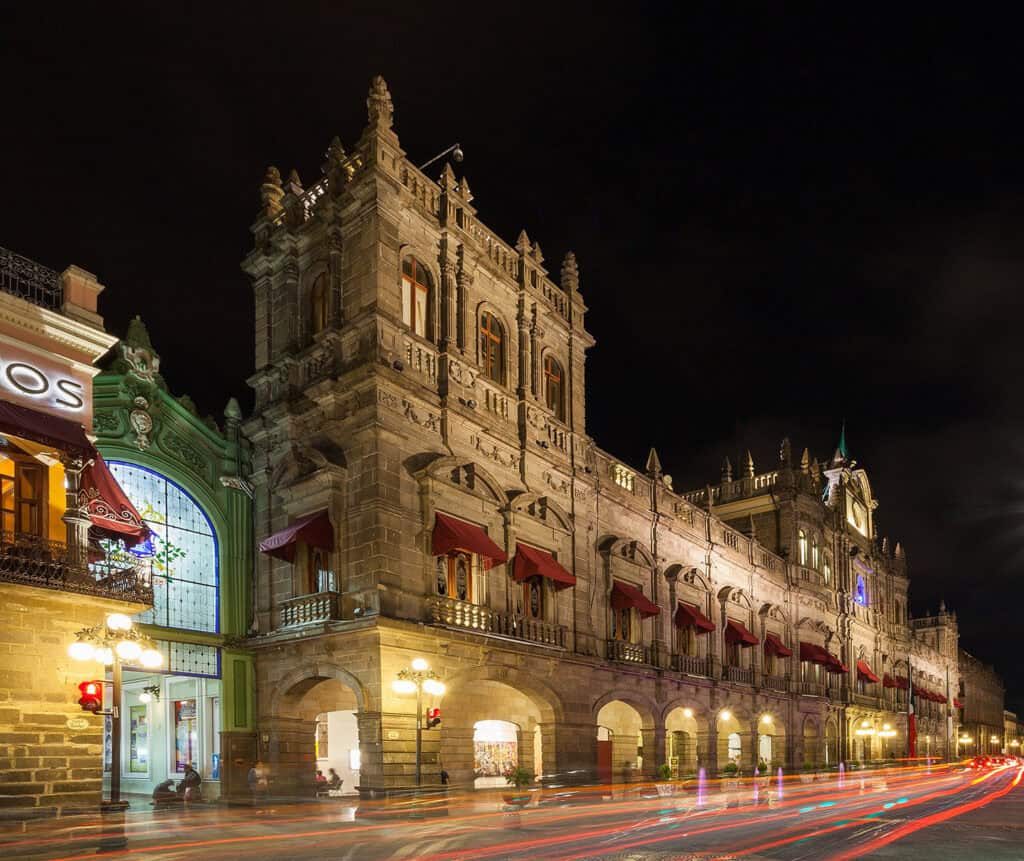
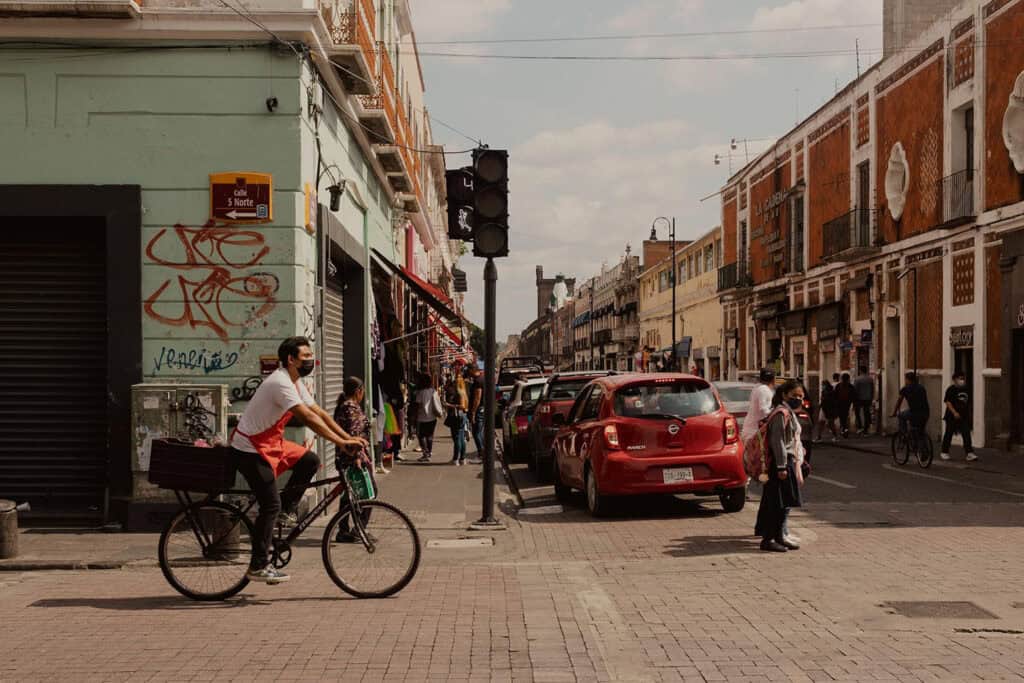
The Spanish conquest of Mexico in the 16th century had a profound impact on Mexican architecture. The introduction of Baroque art and architecture, with its ornate decorations and grandiose designs, helped to reinforce church doctrine and create a sense of grandeur and power. Some architectural features of this period are:
- Structures intended to resemble fortresses
- Constructed in the style of European convents
- Incorporation of new features such as open chapels and atriums
- Often centered around a stone cross
Some of the finest examples of colonial architecture in Mexico can be found in San Ángel, a neighborhood in Mexico City.
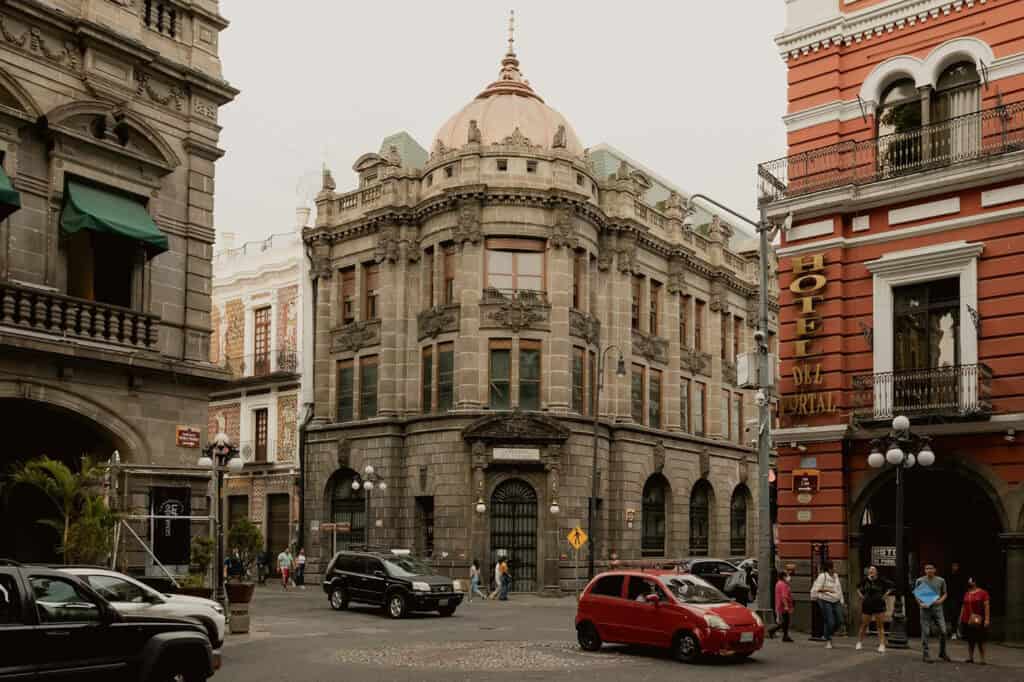
3. Post-Colonial Developments
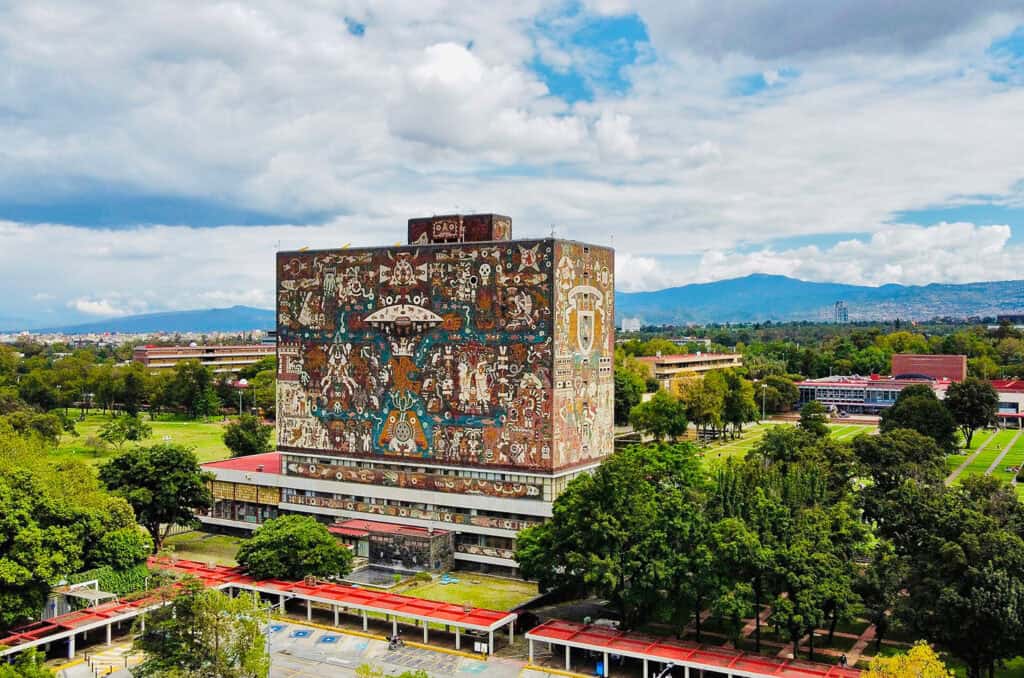
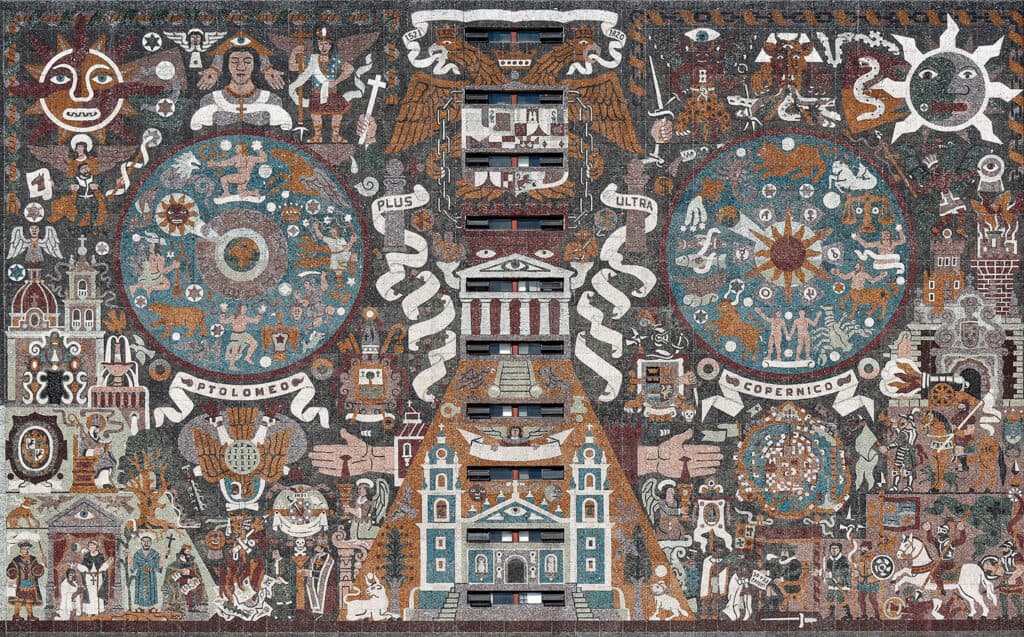
After Mexico gained independence from Spain in 1821, Mexican architects began to experiment with new styles and techniques. Successive Mexican regimes brought their own unique visions of architecture, from the neo-indigenous architecture of the French occupation to the modernist designs of the post-revolutionary period. Today, architects focus on:
- Use of local materials and techniques
- Innovative and sustainable buildings
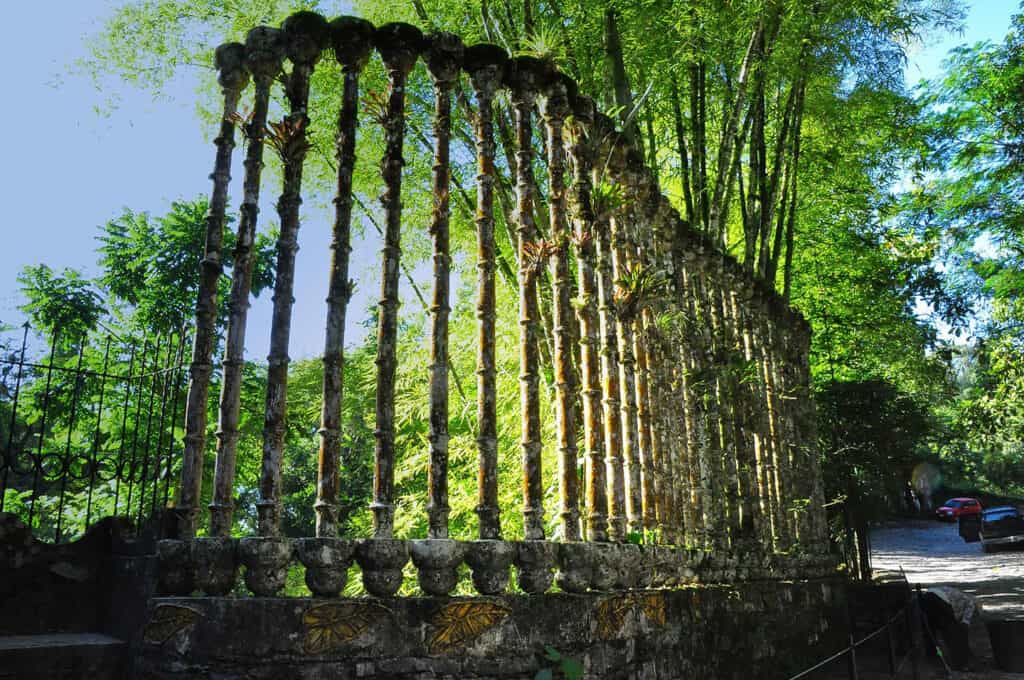
3 Key Elements and Characteristics
1. Materials
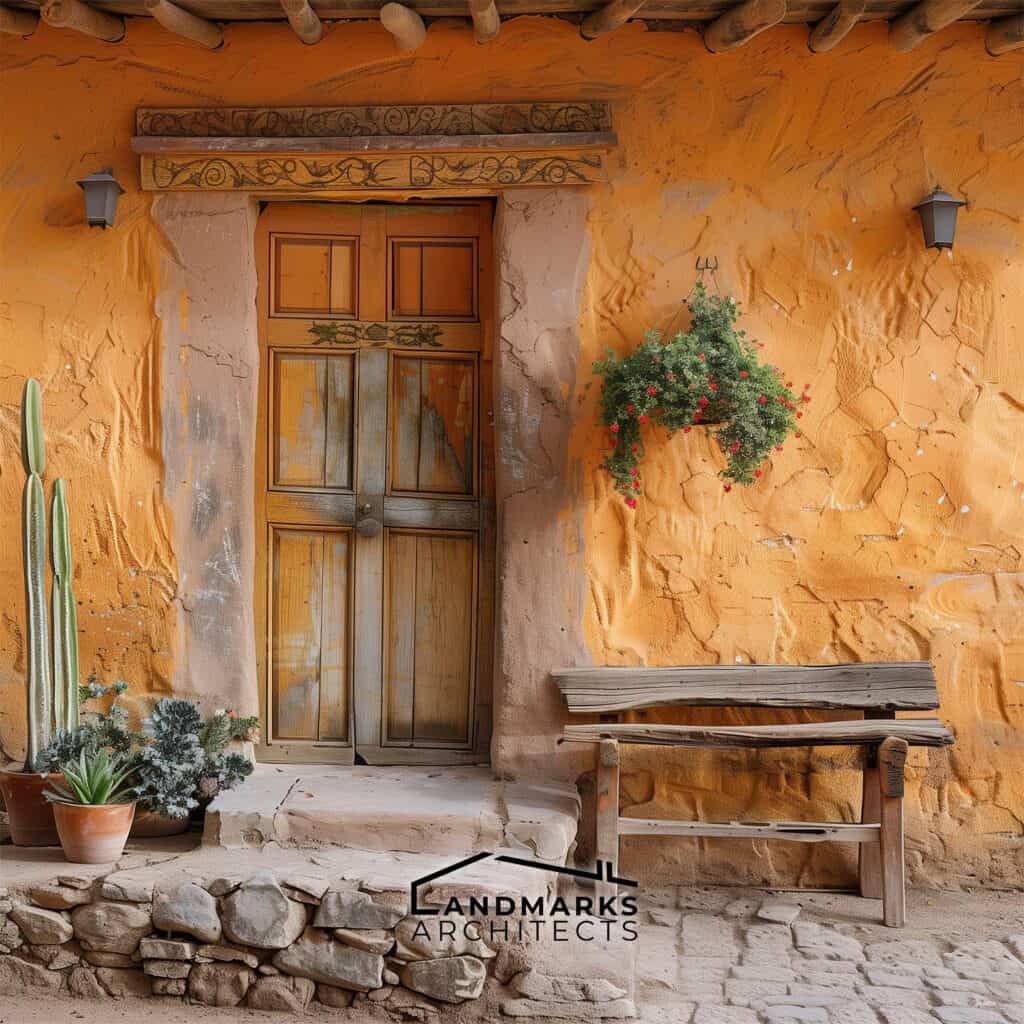
- Adobe (mud, water, straw): abundant and low cost

- Stone: used for important buildings like churches and government structures
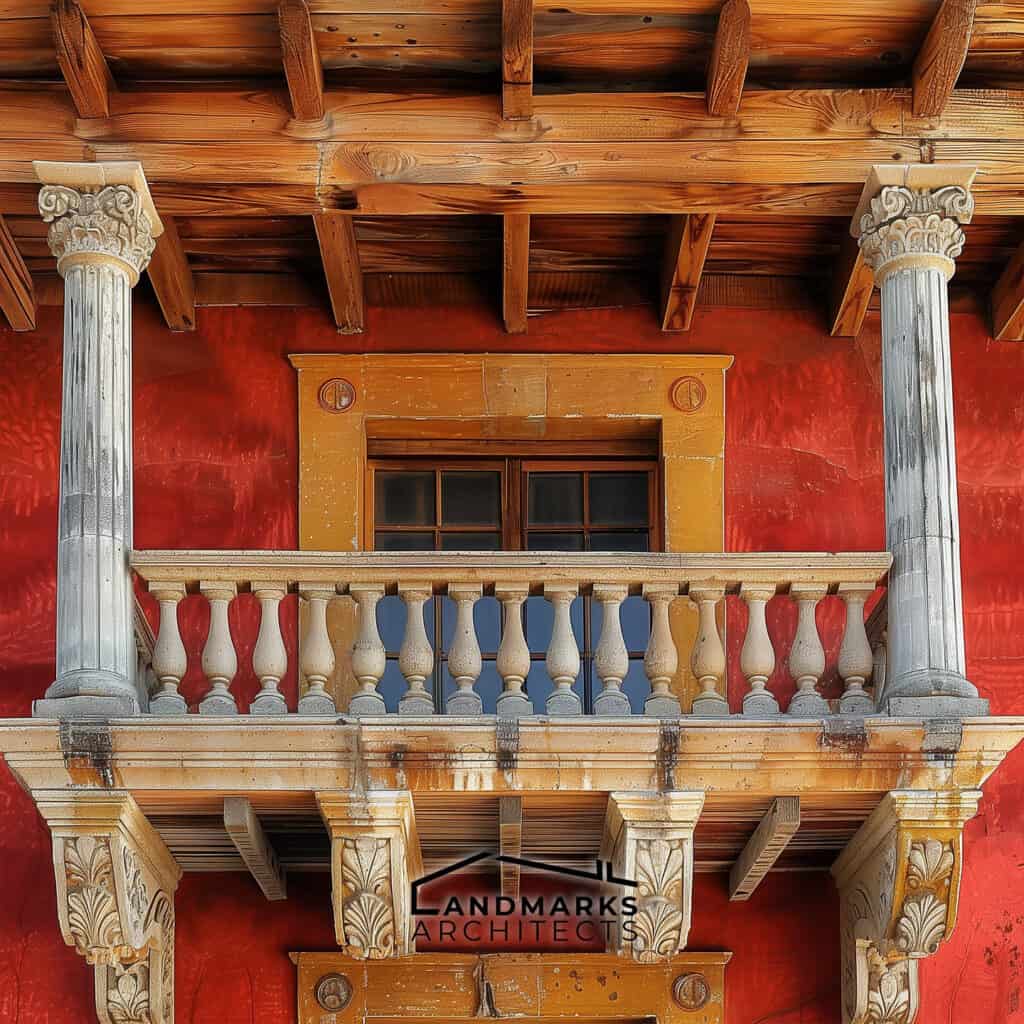
- Wood: used for structural framework and decorative purposes, such as beams
2. Design Features

- Incorporation of colorful tiles, arches, and courtyards

- Hand-painted ceramic tiles for decoration
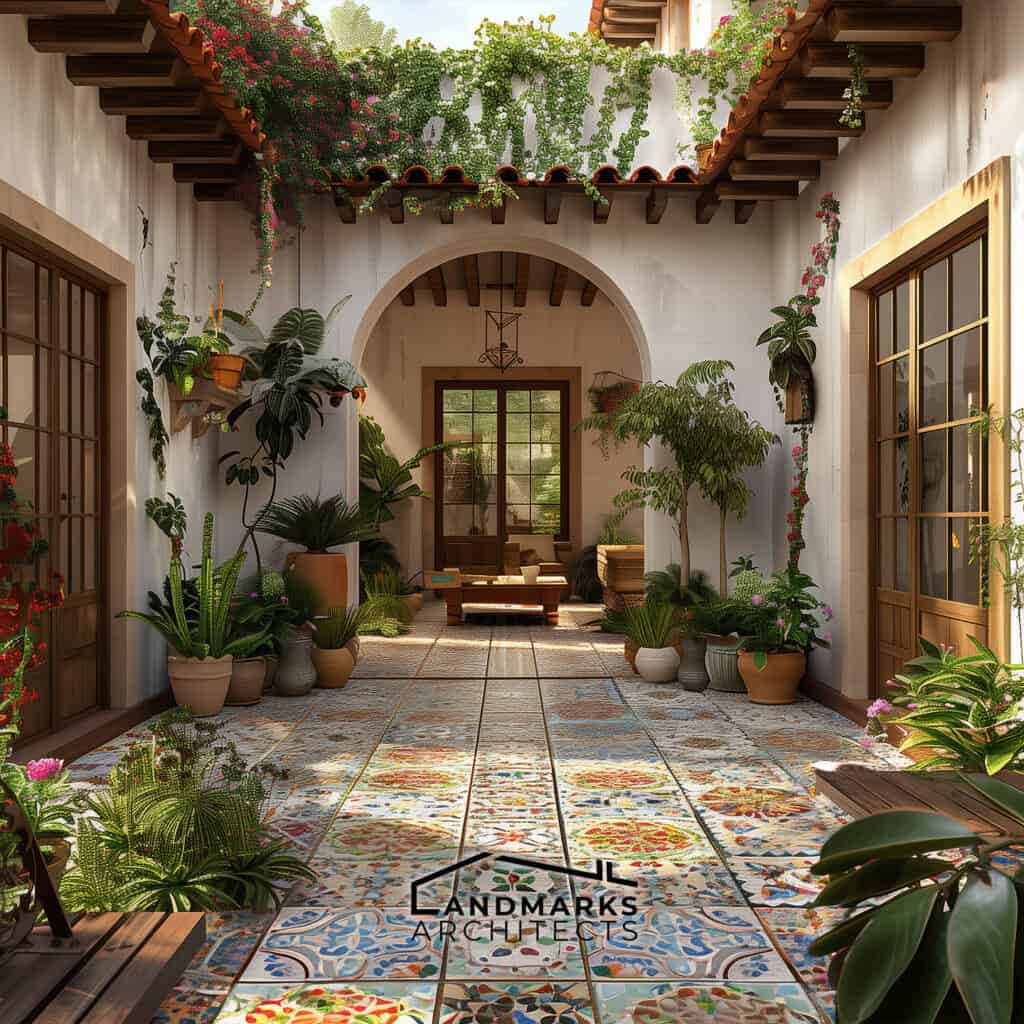
- Courtyards provide peaceful, open-air spaces
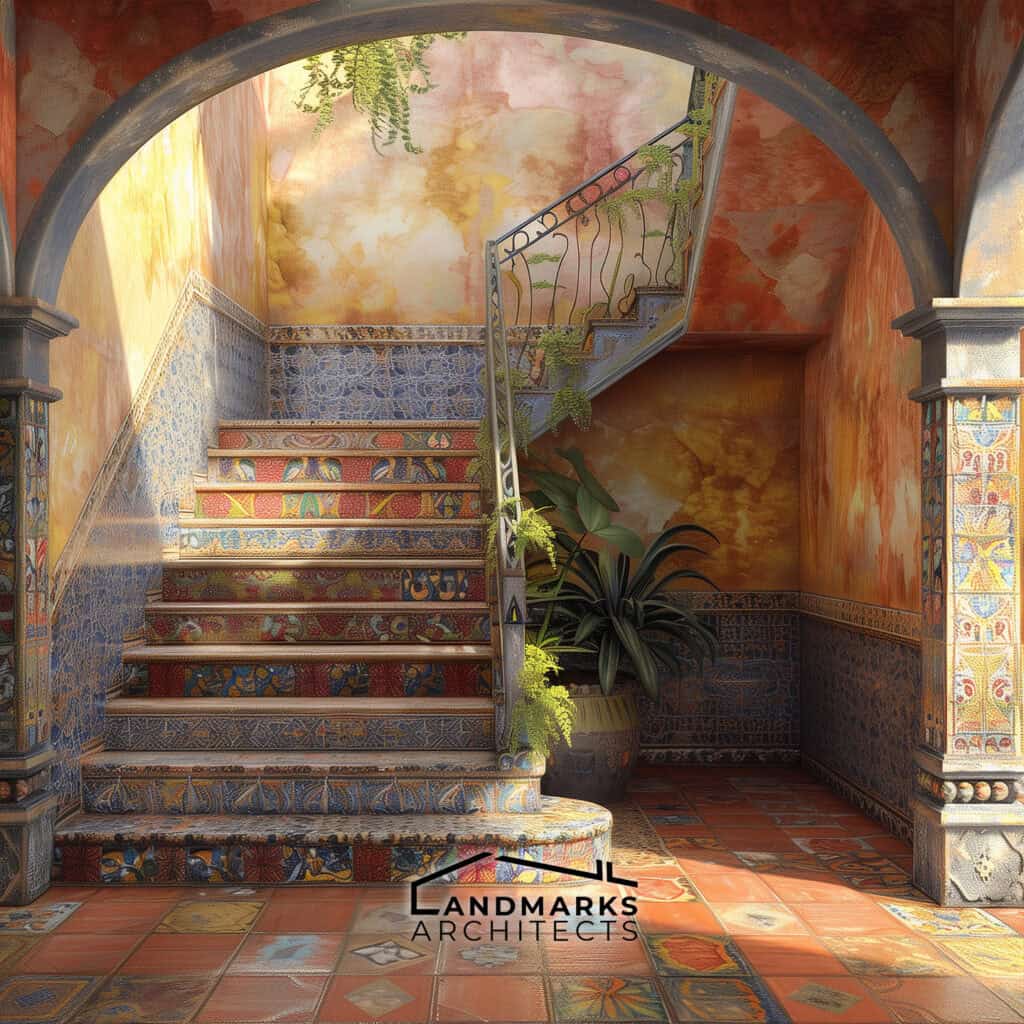
- Arches create focal points and add visual interest
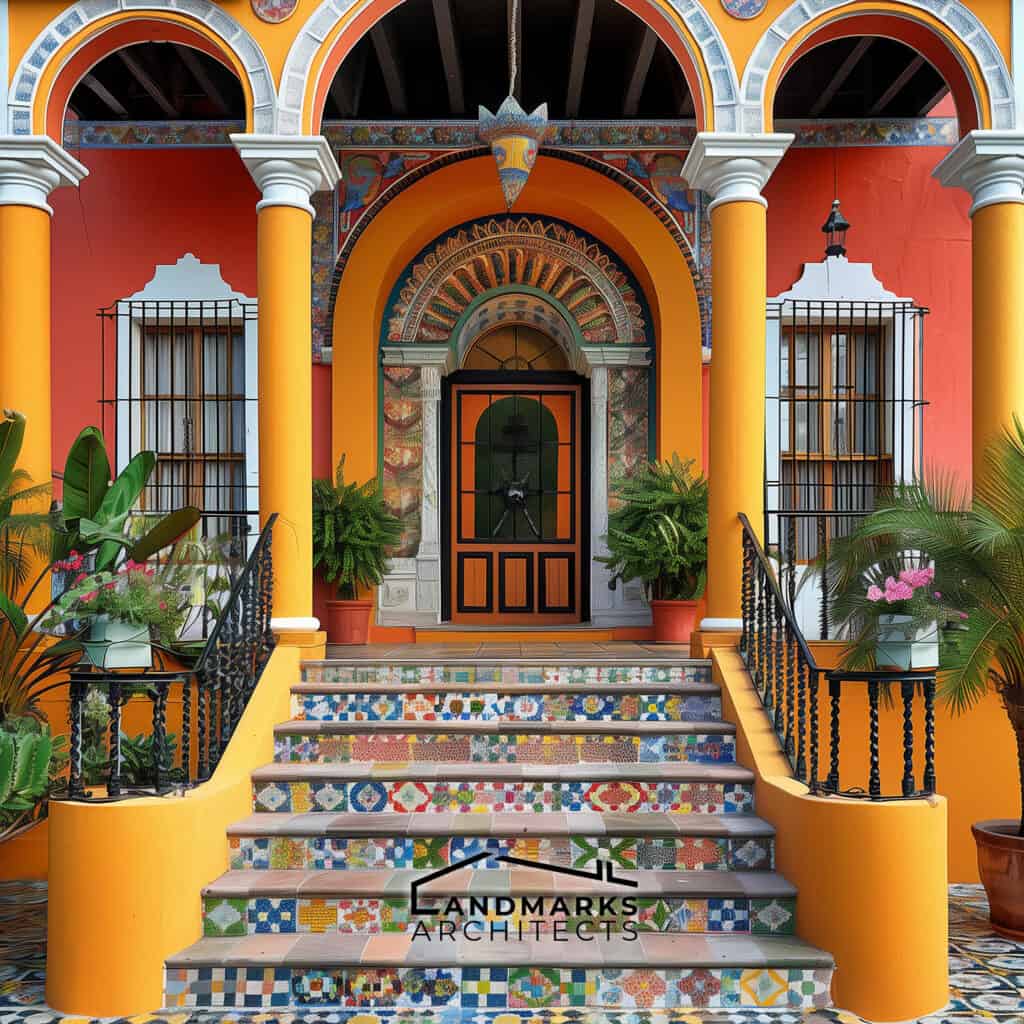
- Clean lines and decorative motifs, like ornate ironwork and intricate carvings
3. Structural Techniques

- Thick walls for insulation and earthquake protection
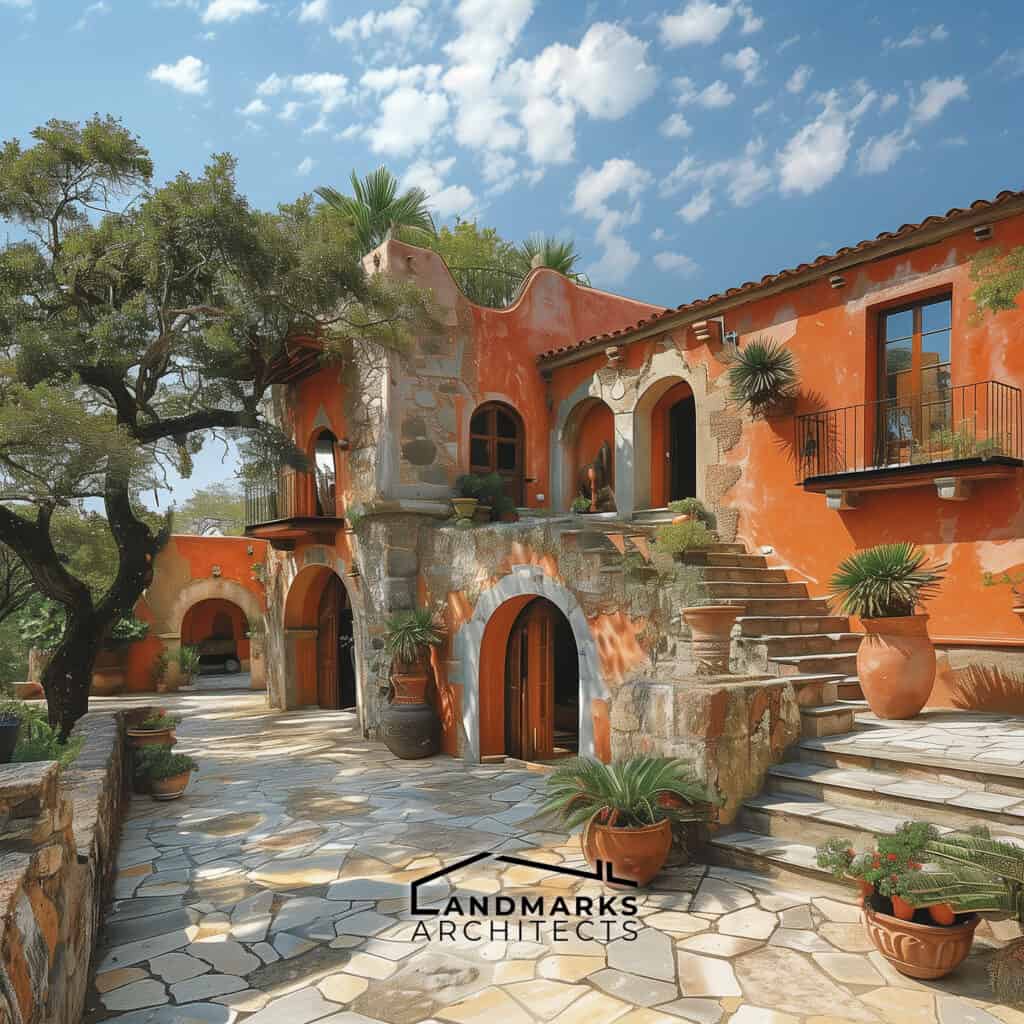
- Traditional techniques using natural materials
- Regional architecture, such as the hacienda style, prevalent in rural areas

- Use of local materials and natural elements, like springs and landscapes
Notable Mexican Landmarks
Mexico is home to a wide range of notable landmarks that showcase the country’s rich history and unique architectural language. From pre-Hispanic ruins to contemporary structures, Mexico’s architectural styles are diverse and sophisticated.
Historic Sites

- Chichen Itza: A pre-Columbian ruin featuring an inverted truncated pyramid.
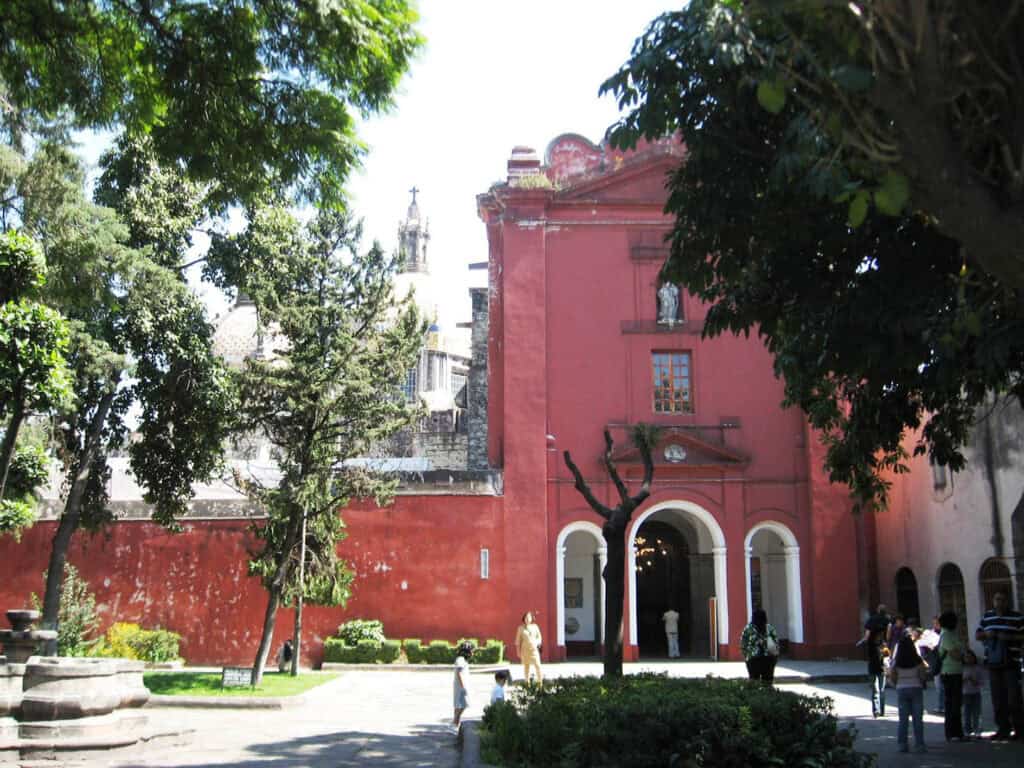
- San Ángel: A colonial-era neighborhood in Mexico City with beautiful hacienda-style homes and outdoor spaces.

- Historic Center of Mexico City: A prime example of colonial architecture with baroque art and decorative motifs reinforcing church doctrine.
Notable Buildings
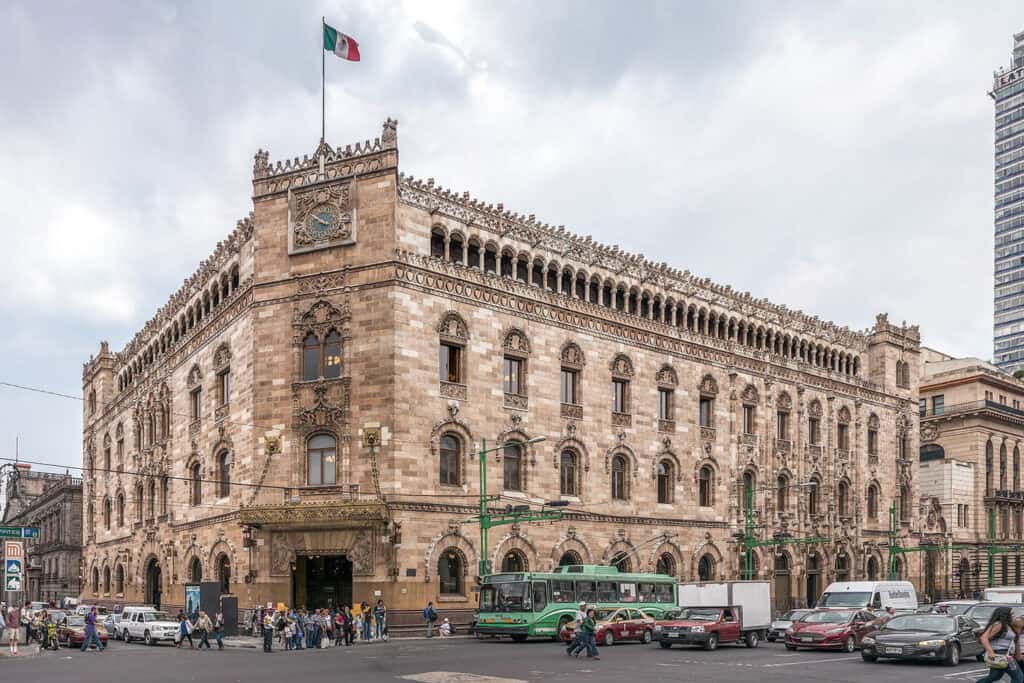
- Central Post Office: A neo-gothic design built during the French occupation.

- University City: A post-revolutionary restoration project that exemplifies modern architecture with clean lines, natural elements, and hand-painted ceramic tiles reflecting the country’s national identity.
Traditional Mexican Architecture
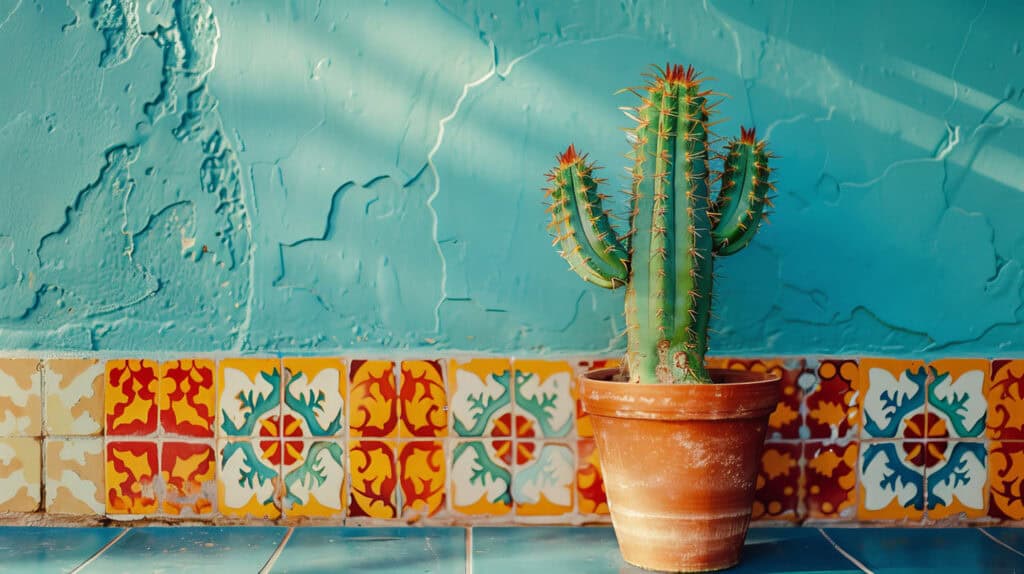
In conclusion, Mexican architecture is a rich mosaic of diverse styles that reflect the country’s complex history. From the pre-Columbian era to the present day, Mexican architects have drawn inspiration from a variety of sources, including local indigenous communities, Spanish colonial architecture, and contemporary design trends.
Looking to the future, there is much to be optimistic about in terms of traditional Mexican architecture. The country has a rich history and a wealth of architectural language that can be drawn upon to create new and innovative designs.










